How EV Cooling Batteries Products and Solutions Protect Against Collision and Thermal Runaway

Battery charge range historically challenged consumer adoption of electric vehicles (EVs). But innovative EV designers have found creative ways to make drastic battery charge range improvements and the electric vehicle industry continues to grow at a rapid pace with EV adoption significantly increasing. Over the last ten years, some estimates suggest that average electric vehicle battery range has increased more than fourfold. This increase in power brings key thermal challenges. Increasing EV adoption elevates the need for more ruggedized EV battery designs to extend lifetime performance and control or reduce warranty claims.
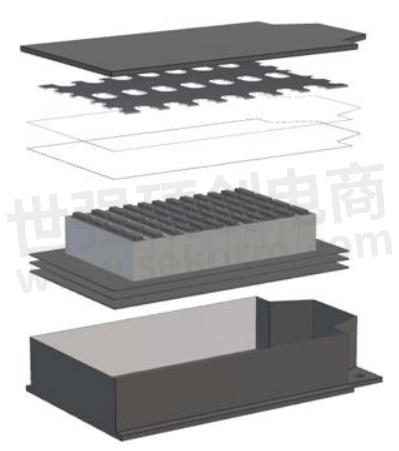
What is Battery Thermal Runaway?
Lithium-Ion thermal runaway occurs when heat generated by a battery exceeds the amount of heat being dissipated. Unmanaged heat can cause an uncontrolled chain reaction to surrounding batteries and li-ion battery cells. When li-ion thermal runaway isn't handled properly, batteries overheat produce smoke, and combust.
Multiple factors cause thermal runaway, some include internal and external short circuits, overcharging, high ambient temperatures, rapid cycling, and battery age. Effective thermal management is vital not only to an electric vehicle battery, but also to vehicle occupant safety.
How to Prevent Li-ion Thermal Runaway? Battery Thermal Runaway Protection

Electric vehicle and battery manufacturers design preventive and containment strategies around EV battery thermal runaway. Thermal runaway prevention begins with optimized EV battery design. Thermal runaway protection is enhanced with specialty materials and components that reduce the probability of a thermal runaway event and protect against thermal runaway propagation if a catastrophic event were to occur.
Li-ion battery cell-to-cell integrated cooling, heat isolating, and impact absorbing multi-layer complex assemblies protect against the thermal, environmental, and mechanical factors that cause battery thermal runaway. Proactively absorb impact, vibration and movement in the battery. Efficiently dissipate battery cell heat. Incorporate a flame or heat barrier in cell design to quickly isolate extreme heat or fire in the unlikely event battery safety design features fail to prevent cell-to-cell propagation.
Leverage smart design to prevent thermal runaway and protective solutions to isolate catastrophic battery events when they happen. Integrated EV battery thermal runaway protection solutions feature cooling fins or heat spreaders with Compression Pads and flame-rated electrical insulation to isolate li-ion battery cells.
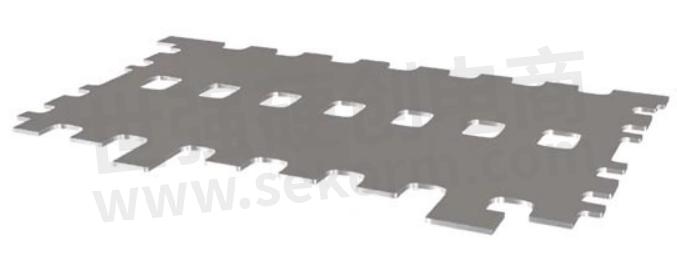
Why do Electric Vehicle Batteries Need to Be Ruggedized?
Harsh environmental conditions are an everyday reality for electric vehicles. EV batteries and components need to be protected during operation to extend performance lifetime and reduce warranty claims. Ruggedized EV batteries can withstand and perform better against collision impact, ongoing shock and vibration, extreme road conditions, and extreme weather conditions.
How to Protect EV Batteries?
Ruggedize and Waterproof the Battery CompartmentSeal the Battery Housing

Sealing the EV battery enclosure protects the battery and cells against liquid, gas, and particulate intrusion to ensure long battery life. Leverage specialty materials and smart gasket design to both waterproof and seal EV battery housings, eliminate noise, vibration, and harshness (NVH), and optimize reliability and performance.
Use Battery Cell and Battery Module Compression Pads

Protect EV batteries against collision impact, harsh road conditions, and temperature extremes with rugged, resilient compression pads. Battery compression pads layer between battery cells and around the battery module to compensate for swelling forces and mechanical shock, friction, and extreme road vibration. They act as a battery impact protection barrier to enhance consumer safety and reduce battery-related warranty costs.
Design EMI/RFI Shields Around the Battery Module
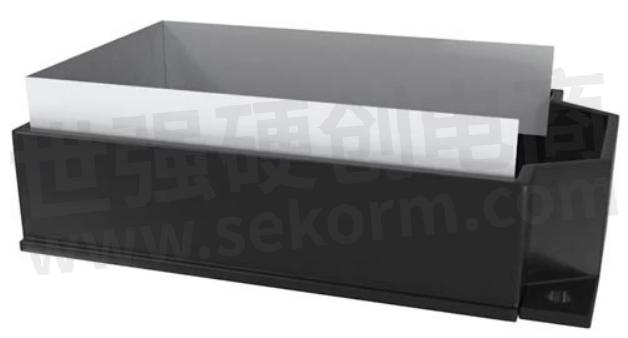
Improve battery performance, safety, and reliability with EMI and RFI shielding. EMI Shielding prevents both the input and output of radiofrequency interference (RFI), electrostatic interference (ESD), or electromagnetic interference (EMI), all of which are highly prevalent in complex electrical systems in electric vehicles. EV battery EMI shields protect battery performance and prevent electronic malfunction in critical safety systems.
Wrap EV Battery Cells with Electrical Insulation

Wrap li-ion battery cells and EV battery modules with high performance electrical insulators. These rugged insulation layers prevent spark voltage between internal critical components that can lead to battery shorting or fire. They also isolate and act as flame barriers in the unlikely scenario of a catastrophic event.

Use Dielectric Adhesives on Busbars
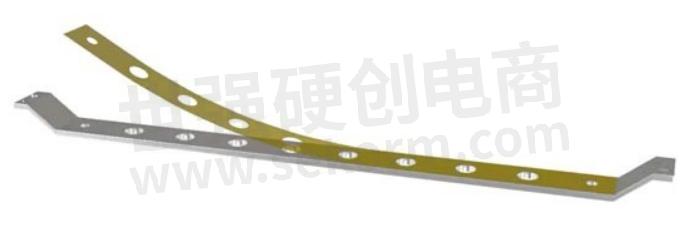
Protect flexible, printed circuits in EV battery assemblies to extend battery lifetime and maintain performance. Dielectric adhesives electrically insulate busbars with high heat resistance and flame protection. Busbars feature precision designs and dielectric adhesives must be converted with tight tolerances for precision through-hole placement.
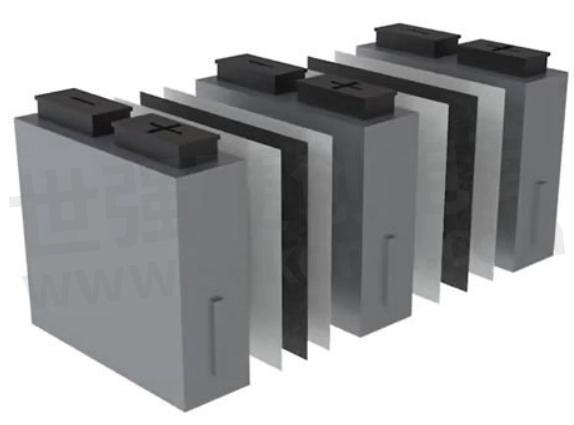
How to Maximize Electric Vehicle Battery Power Efficiency and Performance?
Leverage Lightweight, High Performance EV Battery Liquid Cold Plates
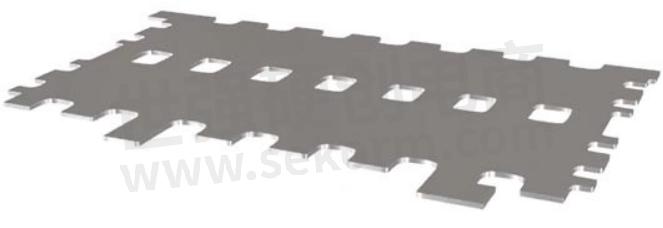
EV battery cooling solutions must meet heat challenges and overall design requirements but cannot add weight or bulk to preserve EV battery charge range. Lightweight battery liquid cold plates provide Robust Structural Support (RSS) and maximize battery heat removal for today's highest performing electric vehicle battery modules and packs. Low-profile cooling plates efficiently cool batteries and create extra design space in the battery compartment, making room for larger, more powerful batteries.
Minimize Thermal Resistance with Thermal Interface Materials

Improve heat transfer between the battery cold plate and battery module by minimizing thermal resistance between these two surfaces. Thermal Interface Materials (TIMs) minimize heat flow resistance between surfaces, more efficiently moving heat away from sensitive EV batteries into the liquid cooling system through the battery cooling plate.
Whether it's protecting and cooling EV batteries, creating smart displays and telematics, optimizing EV charging, elevating EV brand identity, and more, Boyd helps eMobility designers and market leaders accelerate innovation.
- +1 Like
- Add to Favorites
Recommend
- Aavid‘s Liquid Cooling Systems: Modular or fully customized liquid cooling optimized for improved heat dissipation in condensed volumes
- Advantages of Vacuum-brazed Cold Plates
- How to Distinguish the Advantages and Disadvantages of Water Cold Plates?
- Boyd Corporation Acquires Lytron, Expands Liquid Cooling Offerings
- Kinghelm 4th Generation of IPEX Connectors KH-IPEX4-2020, Features with Compact Size, Lightweight and Easy Installation
- DeepCool Announces the LE520 & LE720 Liquid Cooler Featuring Vibrant ARGB LED Lighting and Patented Anti-Leak Technology
- Lightweight and Vibration-resistant Connector for Commercial Use | Nextron
- Kinghelm‘s DC Power Socket KH-DC-031A-1.3STM, Features with High Quality, Wide Applicability, Lightweight and Portable
This document is provided by Sekorm Platform for VIP exclusive service. The copyright is owned by Sekorm. Without authorization, any medias, websites or individual are not allowed to reprint. When authorizing the reprint, the link of www.sekorm.com must be indicated.



























































































































































































































































































































































































































































































































































































































































































































































































































